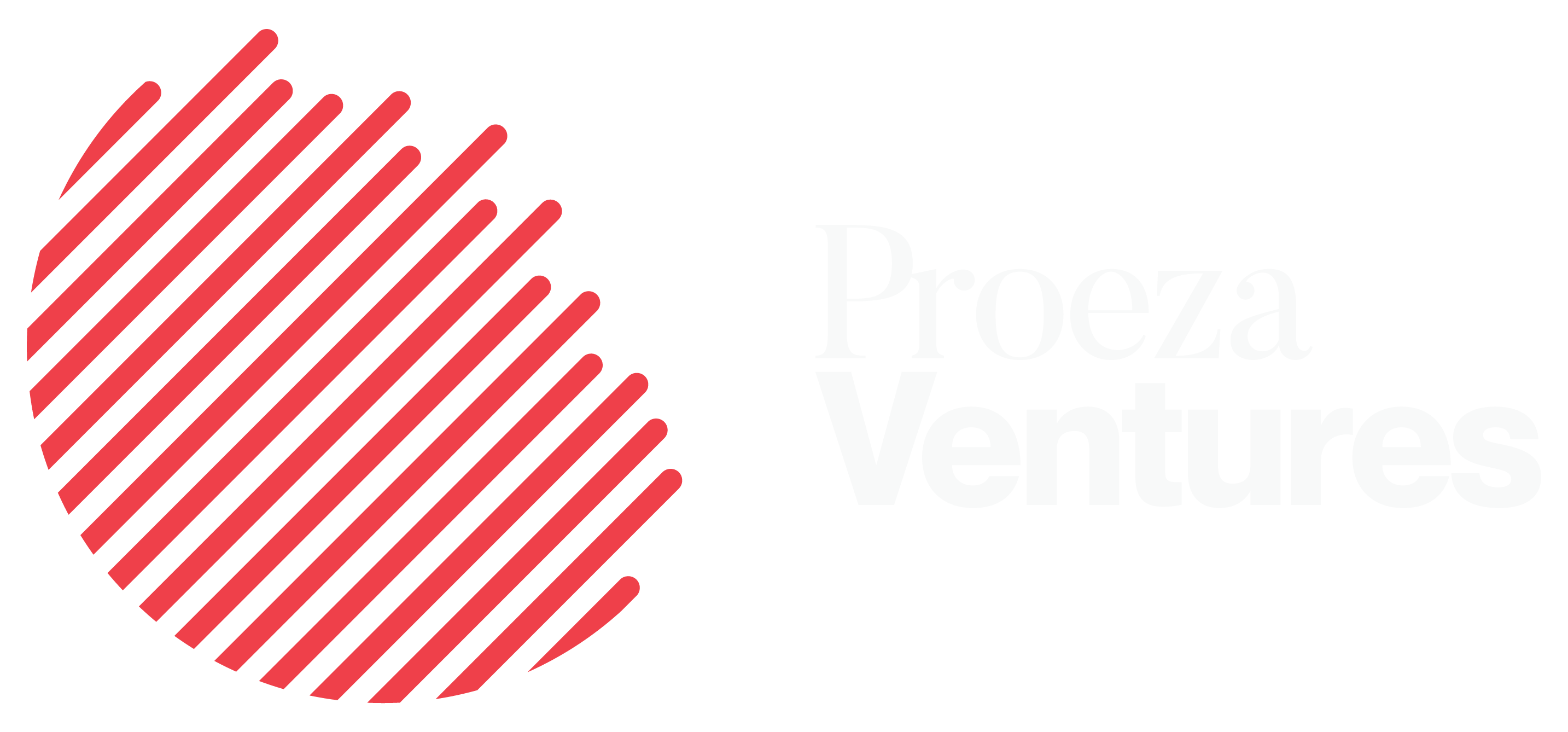By Horacio Martínez
Multiple banking institutions
Have separate bank accounts for different purposes, at least one at a systemically important bank (largest four in USA, i.e. Chase) and another at your bank of choice. Your cash should be divided into three “blocks”:
- Operating cash accounts: 90 days of operating cash, money used for payroll and short-term expenses (Requirements to open a business account at Chase).
- Near-term cash accounts: about a years’ worth of operating cash, can be put in sweep accounts.
- Long-term investment accounts (treasury): all other cash, invested for yield in money market funds, via sweep accounts or directly through a brokerage.
Example of a startup with $5 million of cash and $100k of monthly operating expenses.
- Operating cash account: $300k in sweep savings accounts at Bank of America.
- Near-term accounts: $1.2 million distributed across Mercury and Chase sweep accounts.
- Long-term investments: $3.5 invested directly in several Money Market funds through Vanguard.
Sweep accounts
These are used to avoid the risk from having over $250k in a single account; cash is automatically distributed between several accounts to stay within the threshold when cash is deposited or withdrawn. The accounts can be regular savings accounts or investment accounts.
- Mercury has a product where up to $5 million are distributed among savings accounts to remain below the $250k threshold, so overall you FDIC up to $5 million.
- Information on some of these products: Mercury, Bank of America, Chase, Wells Fargo
Money Market funds
- Money market funds invest in short-term, safe securities like government bonds and high-credit commercial bonds; they´re highly liquid.
- MM fund investments are made through an investment broker, including Fidelity, Interactive Brokers, Vanguard.
- Some money market funds: SPRXX, VMFXX



